Unravel the Mysteries Behind Persian Art
- Amelia Taeed

- May 7, 2021
- 5 min read
Updated: May 8, 2021
Photoblog by Amelia Taeed

Amelia Taeed was born in Iran, grew up in The Netherlands, studied Applied Arts at the "Ecole Supérieure des Arts Appliqués" in Paris and International Communication Policies’ at the London City University. She began her diverse artistic career in Hong Kong, where she worked as a freelance designer for several jewelry houses.
In the Netherlands, she made, in collaboration with the 'Royal Delft Blue', a series of tile panels for an exhibition at the Dutch Tile Museum in 2004. Besides several exhibitions and ‘Art for Public Spaces,’ in the Benelux, her artwork is permanently present as the wall decoration at the cruise ship Ms. New Amsterdam Holland - America Line. In 2012 Amelia’s selected manipulative photography was projected on Time Square billboard. Her work has been published in several Dutch newspapers and magazines.
In Fall 2015, the prestigious 'Performance Hall of Amsterdam' hosted her show - 'From Form to Feeling', based on awareness motivation: Vimeo.com/ameliataeed
Amelia researches art beyond its material aspect, and through the spiritual language behind the pattern design, finds the comparison between different cultures at different times.
All Photos courtesy of Creative Commons, Alamy, Inbound Persia Travel Agency, Victoria Albert Museum and Met Museum.
A Journey of Transformation Through a Grammar of Art Design
Unravel the mysteries behind the styles and patterns in Persian Art and Architecture
The Arabesque Patterns
The geometric and abstract arabesque patterns create ‘movement.’ Abstract lines allow the viewer to move from one line to another and use their imagination. ‘Movement’ represents reflection and thinking. The point of intersection of lines - the ‘halt’ - represents concentration.
The concept of ‘movement’ and ‘halt’ is demonstrated by an optical effect in my ceramic tableau- Movement & Peace. The ‘symmetrical placement’ of paisley, showing the state of static, next to the ‘a-symmetrical placement,’ showing the state of motion.
Click and Scroll:
The Arts & Crafts Movement (from 19th Century, England) believed that the Iranian artists had studied the order of nature and thoroughly understood it, and not just imitated it.
William Morris, one of the founders of this Movement, stated that: “Iran for us pattern- designers, has become a holy land, for there in the process of time our art was perfected."
The ancient patterns of arabesque carry a mixture of motifs rooted in different cultures and beliefs, depicting nature, which in itself is a Divine reflection.
The Element of Unity
The element of ‘unity’ manifests itself through the pattern of design in which all the lines move inwardly and outwardly, becoming united with each other and with the center. This unification and movement are pulled by the central point or ‘central power.’ It’s through the connection with ourselves and the surrounding that our consciousness can elevate to the next level.
Click and Scroll:
In these Sassanid arabesque metal bowls, the interlaced lines showing the element ‘unity.’
This pattern was imported into the West through the Muslims living in Venice during the Renaissance; Leonardo Da Vinci made his own, and it got the name of Leonardo’s Knot.
The ‘unity with the ‘central power’ in the garden design is represented through the central pool- symbolizing ‘water of life’- which runs in four directions. In this way, a Chahar-Bagh (four gardens) comes into existence. This garden design was first used at the palaces of Persepolis. Among famous Chahar-Bagh gardens, Chahar-Bagh in Isfahan, the garden of Taj Mahal Palace, Lion Court of Alhambra palace in Spain, and the Moorish Court in Port Lympne in Kent.
Click and Scroll:
The Element of Infinity
The Persian carpet expresses the element of ‘infinity’ through its two-part patterns- a border pattern, narrating the earthly world with repeating motifs, announcing the return of time, and a central pattern, projecting the celestial world, or infinite paradise. Hence the pattern is left unfinished at the edge, depicting a glimpse of a larger picture.
The modern artist Mondrian who had theosophical ideas has shown this 'infinity’ in some of his geometrical paintings by turning the horizontal and vertical lines to an angle of 45°, on the surface of the frame.
Click and Scroll:
The Element of Repetition
The element of ‘repetition,’ which is used to mark the ‘infinity,’ can also be a practical tool for ‘transformation.’ Through covering the entire surface by mosaics, the viewer loses touch with the material. This is called - ‘de-materialization or ‘dissolution of matter.’
Oscar Wilde in the ‘Spirit of Decorative Art’ says: ..."The repetition of pattern and motif creates a sort of serenity."
The feature of ‘repetition' in pattern designs expresses infinity.
Repetition of motives enables an artifact to be represented beyond its material form (textile, stucco, ceramics, ..) and to provide a viewer with deeper concentration.
This can be compared to the repetition of Divine Verses during a meditation.
Click and Scroll:
‘’According to the witnesses of the history, Iran had used its excellent and powerful culture, which has been developed and expanded through centuries, as an effective tool to bring harmony and unity between various nations’’. (René Grosser, French Academy).
One rationale for Iran having a rich history in the arts and human-loving culture is its geographic position - situated on the Silk Road, connecting the East with the West. By being exposed to the spiritual and religious thoughts of these nations, it had laid the foundation to bring to life an astonishing collection of art and architectural marvels.
The elements of aesthetics were started with Plato. In his book Symposium, he concluded that aesthetics is based on ‘simplicity; ‘nearness to nature; and the truth.’ And Aristoteles sees the aesthetics in the inspiration from the Divine examples.
Persian style and patterns follow the law of nature in proportion, composition, and harmony of colours.
This ‘metaphysical sun’ in the architecture is placed under the dome. The mesmerizing Shaykh Lotf Allah Mosque in Isfahan with the unparalleled beauty of tile ornamentation is a supreme example.
Crowned with the most circular dome of the world where, at the transition of the natural light, an interchange between various tints occurs at the outside, and through the beams of light, the golden peacock leaves make a moving radiation on the inside, arousing the state of meditation towards its climax.

The Sheikh Lotf Allah Mosque, Isfahan
The ‘search for beauty continues at an architectural prodigy- the Jameh Mosque of Isfahan. Walking under its hundred of amazing unique geometrical pattern domes, made by simple bared bricks, the ‘traveller’ is overwhelmed, forgets its surrounding, ceases to see the ‘manifested beauty,’ and enters the realm of euphoria and the ‘hidden beauty.’

Jameh Mosque in Isfahan
In this condensed introduction of the spiritual meanings of the Art of Iran, it is clear that this ‘grammar of design,’ from ancient time, had been a tool to create a journey of search and discovery, of ‘awareness’ and ‘transformation,’ within the viewer, through her/ his union, ‘within’ and ‘without.’






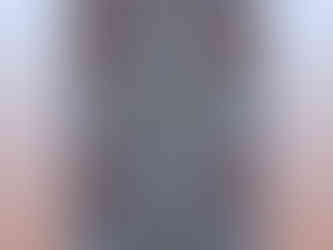

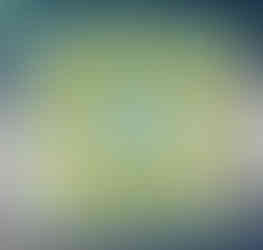








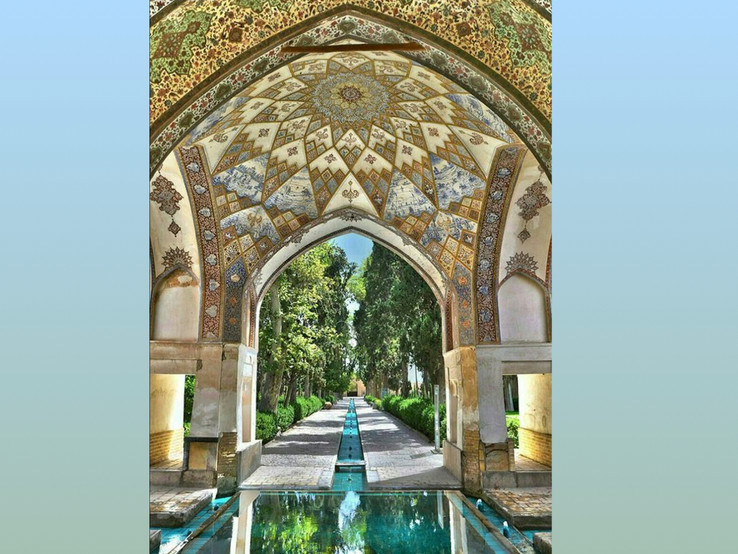
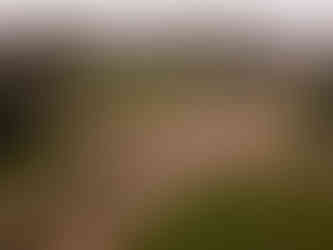

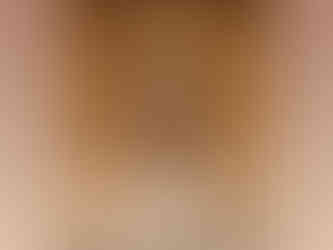

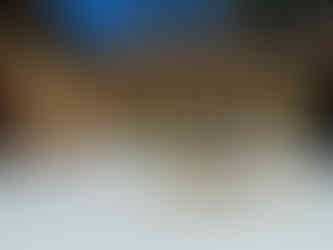

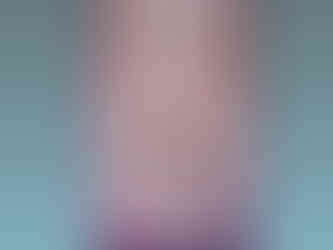




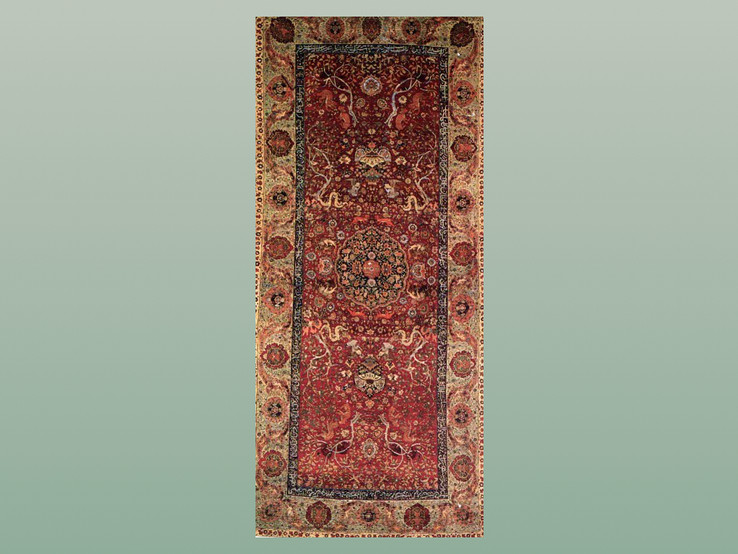


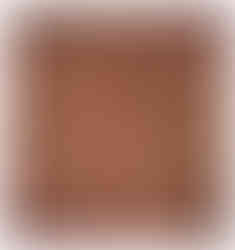








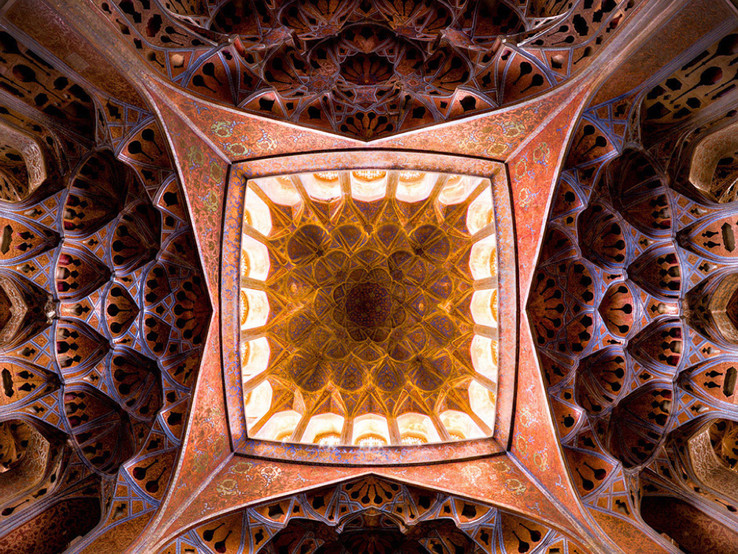













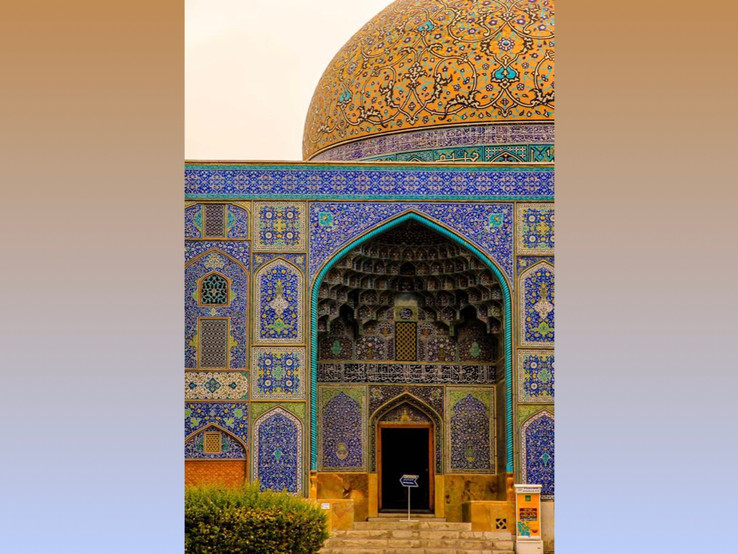







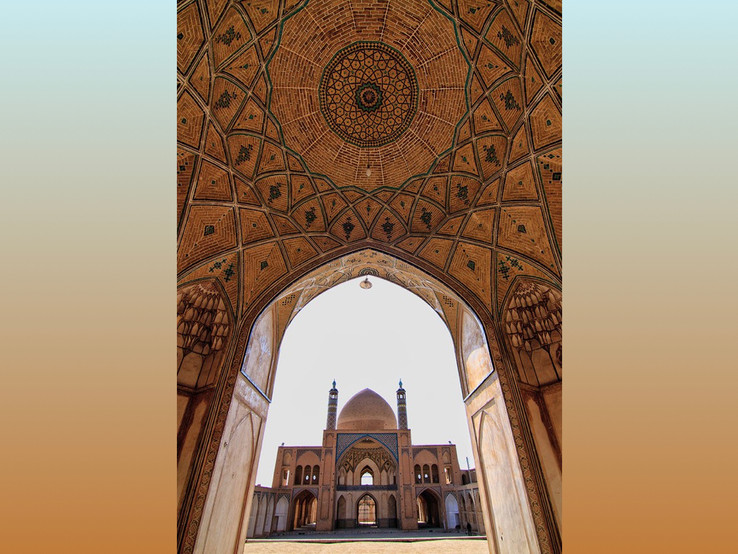







Comments